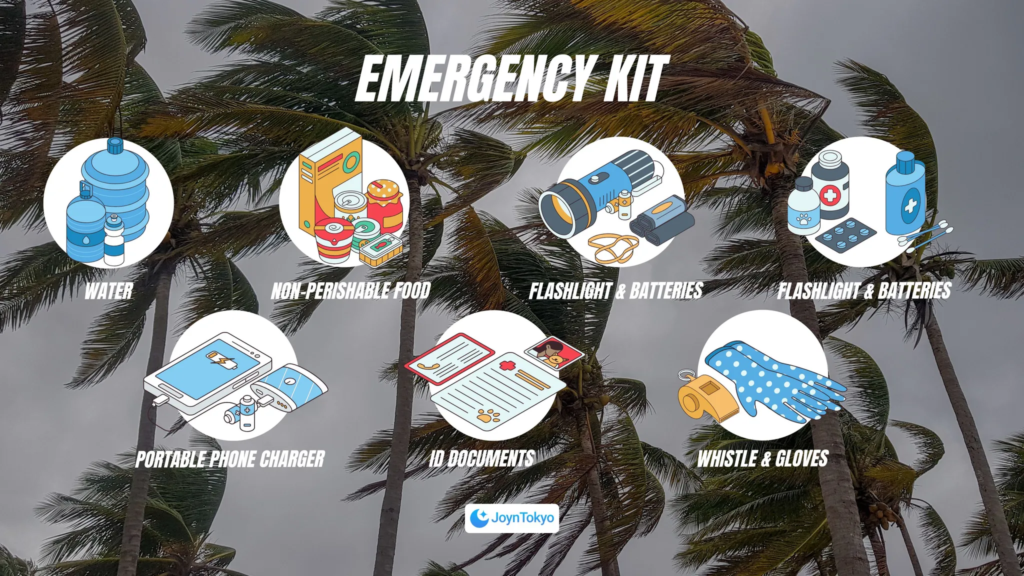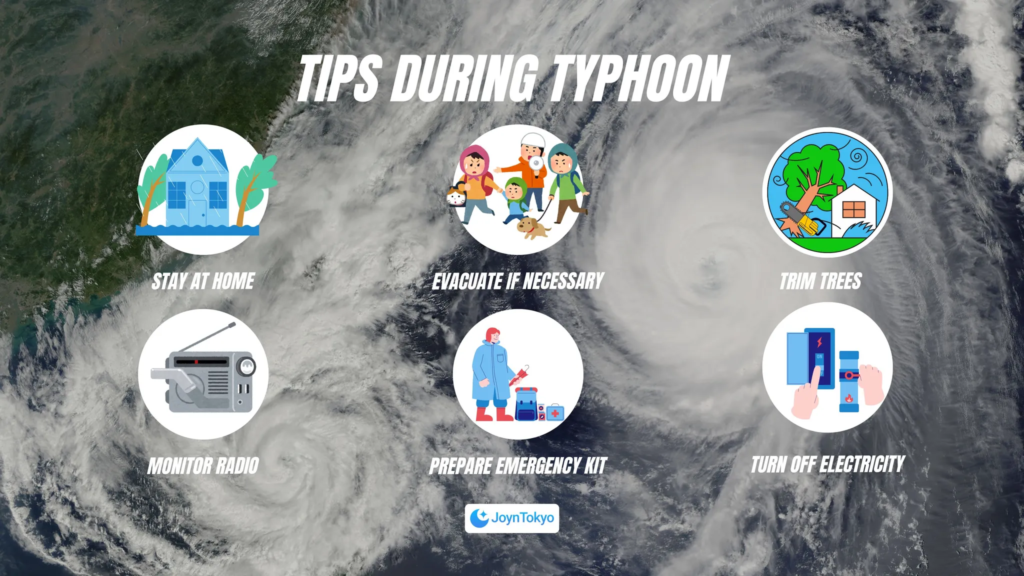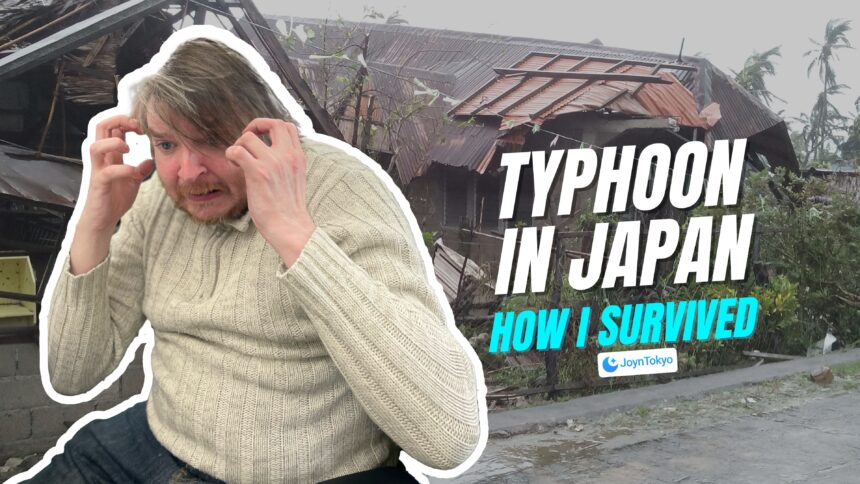Japan is notoriously prone to natural disasters, including tsunamis, earthquakes, and typhoons. But while I have no experience with the first, and only experience with mild versions of the second, I have been through two typhoons since arriving in Japan. While one was pretty minor, resulting in nothing more than some delayed trains, the other was a real learning experience. Today, I’ll take you through what I went through during October 2019’s Hagibis typhoon.
The Calm Before the Storm
Luckily, unlike many years ago, typhoons today never hit Japan without warning. These days, sophisticated weather tracking technology means that it is no longer the case that countries are struck without sufficient warning to give people ample time to prepare.
Preparations

This does not necessarily mean that there will be no such thing as panic buying: it is during this warning period that people will often stock up on things like bottled water, dry foods, basic medicines, and other necessities, in they have not already created an emergency kit. That being said, in my experience this is mild. There might be a few things gone, but there weren’t any empty shelves. Only during the early stages of the Covid-19 pandemic did I see anything approaching such levels.
I also found the streets less crowded during the day before and the hours leading up to the typhoon. Most people will want to be inside, well prepared and well away from danger.
Friendly Assistance
If you live in a rented house or apartment, you may find that your landlord will give you some tips or assistance in the time leading up to the typhoon. My landlady handed me a flashlight, in the event that the power went out, and recommended that any fresh food be eaten immediately, in case during an outage the food rotted in a no longer functioning fridge.
Prepping Your Home
It’s during this time that you might want to consider pulling down the storm shutters on your windows before the wind and rain pick up. Wrestling with them while leaves, rain, and wind whip at you is no fun, so best to get prepared early, even if it does shut out sunlight. That’s what I did, and while it made my apartment a bit more depressing, I did feel reassured that there was less danger.
During the Typhoon

As the typhoon landed, the number of people on the street dwindled to nearly nothing. The skies turned grey, and the wind picked up. For someone like me, already from a windy country, at first this was not a concerning issue, and the wind didn’t even seem all that strong, watching from inside.
Dealing with the Wind
But, when I remembered I had forgotten one thing from the store, and ventured out to grab it from a nearby convenience store, on my return I was struggling to walk home against the strength of the wind.
Upon my return, things only got worse. As the wind picked up, the sounds of the gales outside started to go from annoying, to forcing me to turn up the television’s volume, to genuinely scary.
Staying Safe
I recalled hearing from a friend that during this kind of weather, even heavier objects like plant pots and large branches can be lifted up and flung through the air, as well as fell trees. My one window without shutters, the one in my living room, lay directly across from a healthy but not overly strong-looking tree, so I decided to retire to (read: hide in) my bedroom until morning. Even here, the sound of the wind was enough to keep me from sleeping for a long time.
After the Storm
The next day saw the wind calm and easy, the clouds gone, and the skies bright and clear. After taking a quick look around the inside and outside of my apartment, and seeing that there was no damage done (and given it was a weekend) I decided to do what all looky-loos do, and wander around to inspect the aftermath of the storm.
Surveying the Damage
While I had been lucky, others had not been spared so well. Wandering into the high street, the awnings of several stores had been torn from the walls and lay on the street. Elsewhere, the gate at the front of a traditional Japanese house had collapsed, leaving rubble and cracked timber, at the top of which sat a bemused but untroubled cat.
As I made my way further south to Tamagawa River, I was stunned to see that this normally shallow and tranquil stream, known in the summer as the perfect spot for children to wade into and catch small shrimp, was full to its banks, and rushing quickly along. Floating by myself and other amazed onlookers were trees, branches, and the leaves of those trees that had survived the night, now stripped bear of their foliage. I and many others stood there for a long time, amazed at the scene.
Bouncing Back
Hagibis turned out to be the third costliest Pacific typhoon in modern history, and it took a long time for a lot of things to go back to normal. But in time, the streets were cleaned up, the river drained, the leaves grew back, and even the cat could walk through a new gate. I was lucky enough not to be injured, but it was a valuable lesson for me to be more prepared and more serious about similar natural phenomena in the future.
In Summary
Going through a typhoon can be scary, especially the first time, with proper preparations and care, you will be able to get through it, and even the most difficult and damaging aspects will, eventually, pass.





